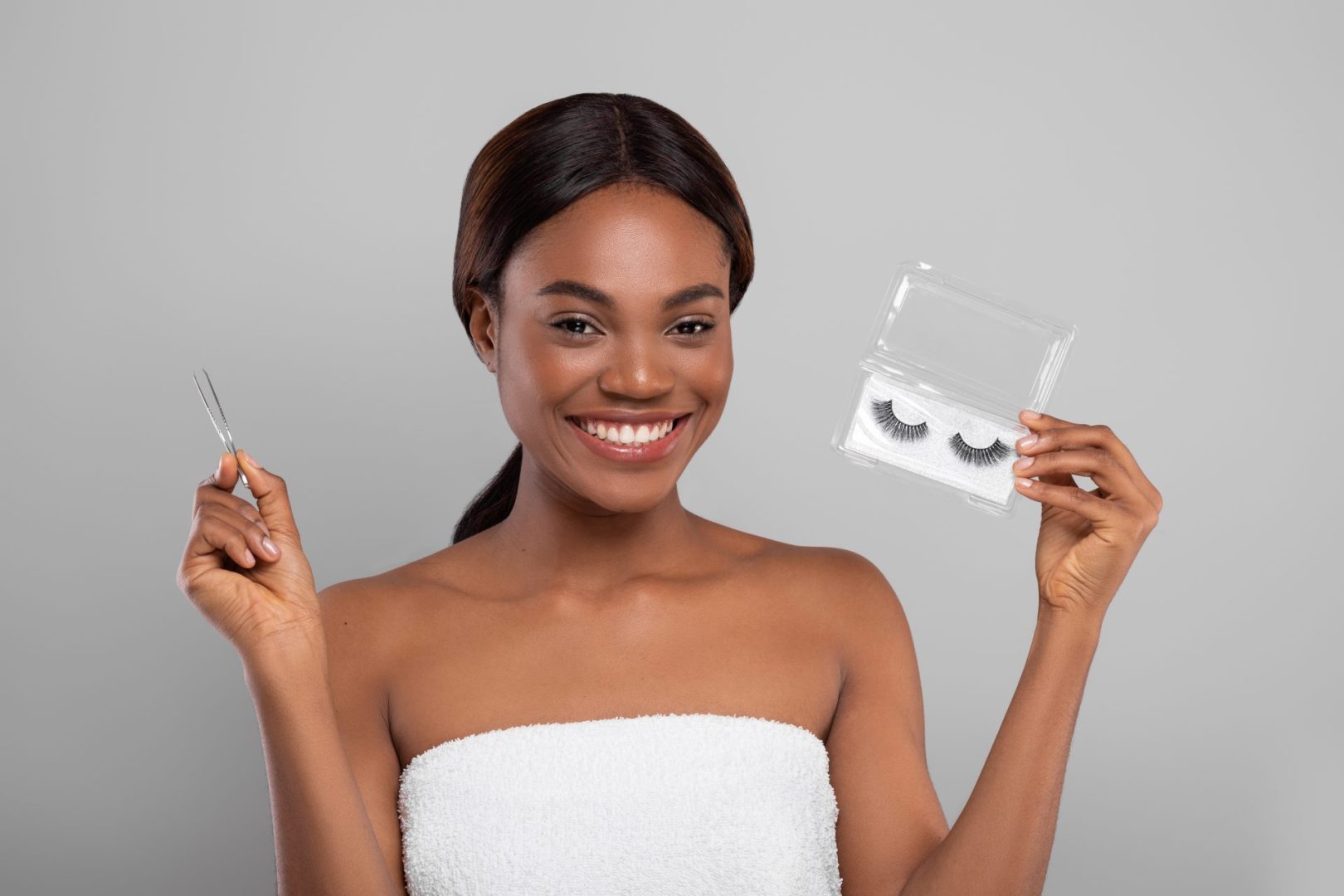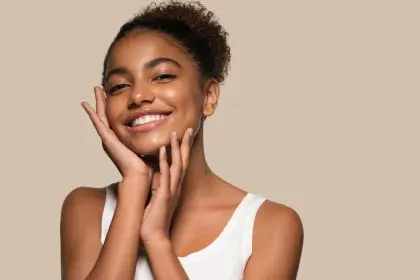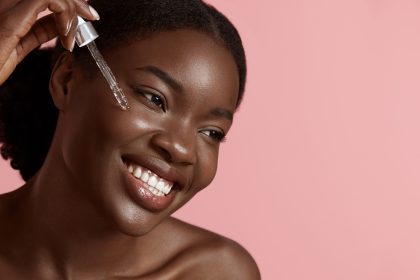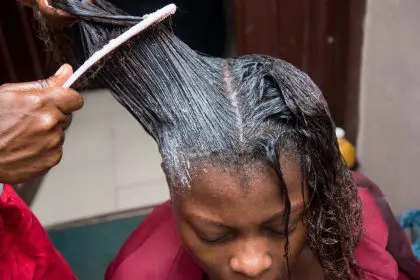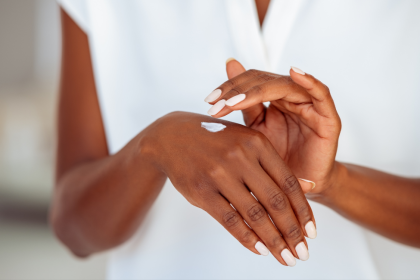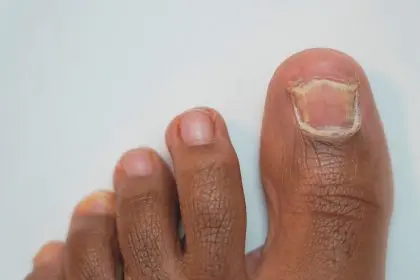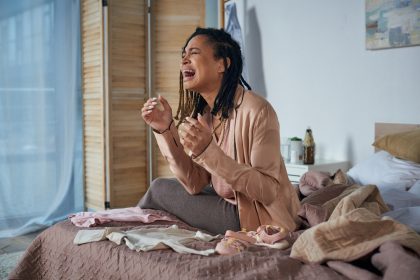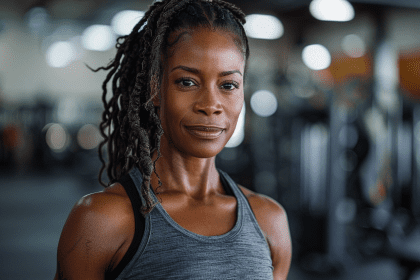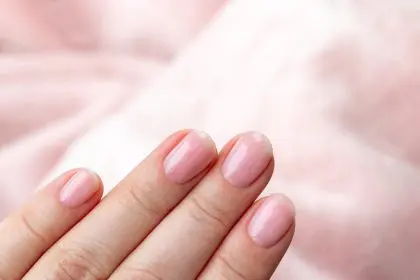The beauty industry’s fastest-growing segment carries an unexpected warning label. While eyelash extensions continue their meteoric rise among Black women, a troubling trend has emerged: the dangerous shift toward do-it-yourself applications that medical professionals say threaten permanent eye damage.
The eyelash extension market, valued at approximately $1.6 billion in 2024 and projected to reach $2.73 billion by 2031, has become increasingly accessible to consumers seeking salon-quality results at home. However, this accessibility comes with significant health risks that disproportionately affect Black women, who represent a substantial portion of the lash extension consumer base.
Cultural roots run deep in lash tradition
Eyelash extensions represent far more than cosmetic enhancement within Black communities. They embody decades of beauty evolution, tracing back to iconic figures who transformed lashes into powerful symbols of identity and self-expression.
From historical theatrical looks to voluminous styles, Black women have consistently used lashes to communicate individuality and sophistication. This cultural significance extends beyond mere aesthetics, representing time-saving solutions for women balancing demanding schedules while maintaining polished appearances.
Professional lash technicians note that lash extensions serve as more than just beauty trends, functioning as time-saving solutions and expressions of personal style. The appeal lies in achieving effortless glamour without daily mascara application or curling routines.
Economic pressures fuel risky alternatives
Current economic uncertainties have dramatically altered consumer behavior within the beauty sector. As household budgets tighten, many clients previously loyal to professional salons now seek cheaper alternatives, including unlicensed technicians and DIY kits purchased online.
This shift concerns industry practitioners who witness increasing numbers of clients arriving with damaged natural lashes, irritated eyelids, and allergic reactions from improper application techniques. The problem extends beyond individual cases, representing a broader public health concern within communities where lash extensions maintain cultural significance.
Services typically range from $100 to $300 per session, requiring maintenance every two to three weeks. In contrast, DIY kits cost between $10 and $50, making them attractive options for budget-conscious consumers unaware of potential consequences.
Medical authorities sound urgent warnings
Oculofacial plastic surgeons emphasize the delicate nature of eye area skin, which measures thinner than anywhere else on the human body. Natural eyelashes perform critical protective functions, detecting approaching objects and triggering reflexive blinking responses that prevent eye injuries.
The adhesives commonly used in fake eyelashes frequently trigger allergic reactions, causing irritation, swelling, and rashes across eyelid surfaces. These reactions intensify when consumers use stronger adhesives designed for extended wear without proper application knowledge or safety precautions.
Medical authorities report increasing emergency room visits related to lash extension complications, including corneal abrasions, chemical burns, and severe allergic reactions requiring immediate treatment. These incidents often result from improper adhesive use, contaminated tools, or extensions applied too close to the eye.
Skilled application prevents serious complications
Skilled lash artistry requires extensive training, steady hands, and thorough understanding of eye anatomy. Trained technicians assess individual lash strength, determine appropriate extension weights, and apply products using sterile techniques that minimize infection risks.
Lash technicians warn that improper application can lead to serious issues, such as lash breakage, irritation, or even loss. When lash extensions are applied incorrectly with excessive weight, glued to skin, or layered on weak natural lashes, they can cause significant damage.
Quality services include consultation periods where technicians evaluate client expectations, discuss maintenance requirements, and identify potential allergic sensitivities before beginning application processes.
Safety protocols protect long-term eye health
Women committed to lash extensions can minimize health risks through several evidence-based precautions. Selecting qualified technicians with proper licensing and positive client reviews represents the most important safety measure.
Regular maintenance appointments allow technicians to monitor lash health, replace damaged extensions, and address emerging problems before they escalate. Proper cleaning techniques using recommended products prevent bacterial buildup that leads to infections.
Taking periodic breaks between extension cycles allows natural lashes to recover strength and prevents permanent follicle damage. Alternative treatments like keratin lifts enhance natural lashes without requiring synthetic additions.
High-grade adhesives contain fewer harsh chemicals than consumer products, reducing allergic reaction risks while providing secure, long-lasting bonds. Licensed technicians also maintain sterile work environments that prevent cross-contamination between clients.
The beauty industry’s responsibility extends beyond profit margins to include consumer education about realistic expectations and potential risks. Industry authorities emphasize that health should never be sacrificed for aesthetic goals, particularly when safer alternatives exist.
Understanding these risks empowers Black women to make informed decisions about lash extensions while preserving the cultural significance these beauty practices hold within their communities. Skilled application, combined with proper aftercare, allows continued celebration of this important beauty tradition without compromising long-term eye health.

